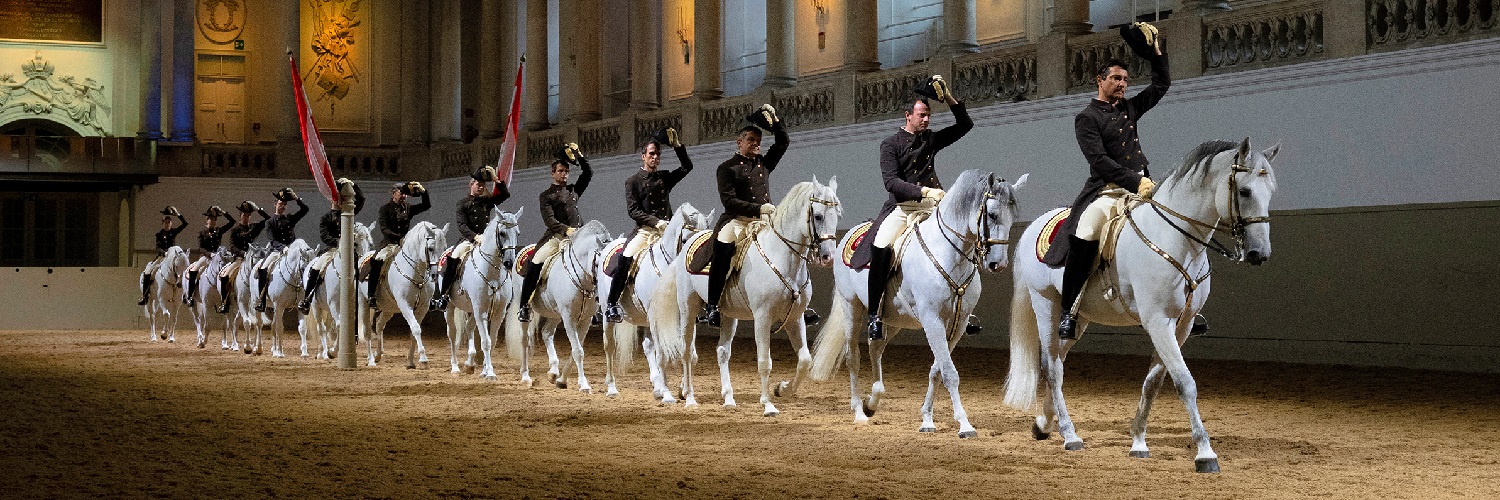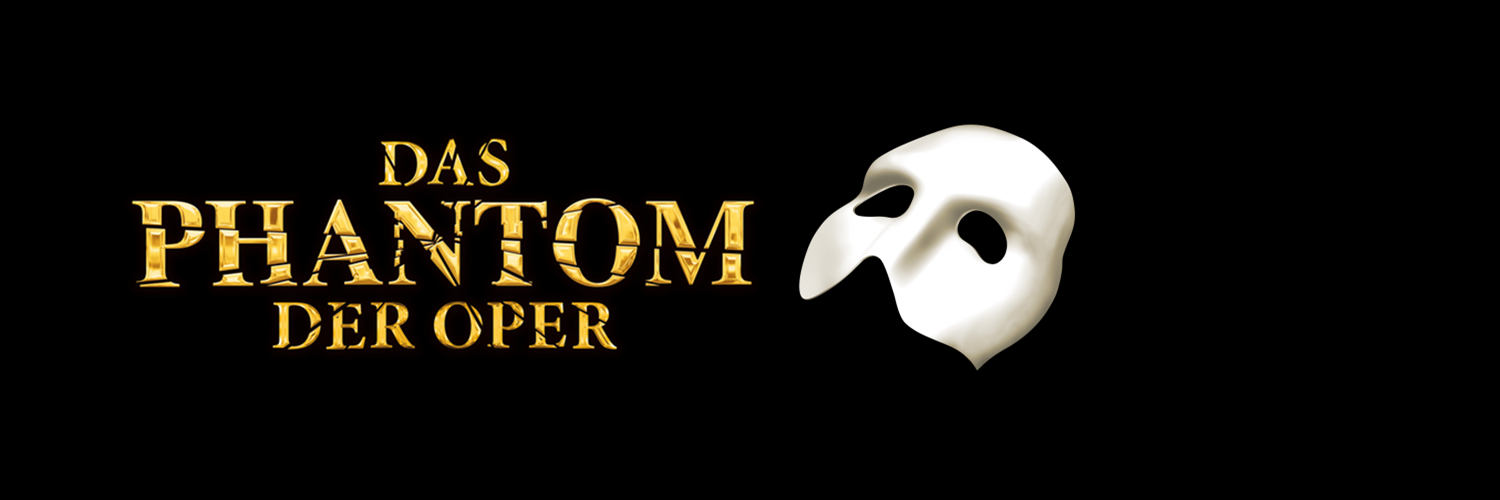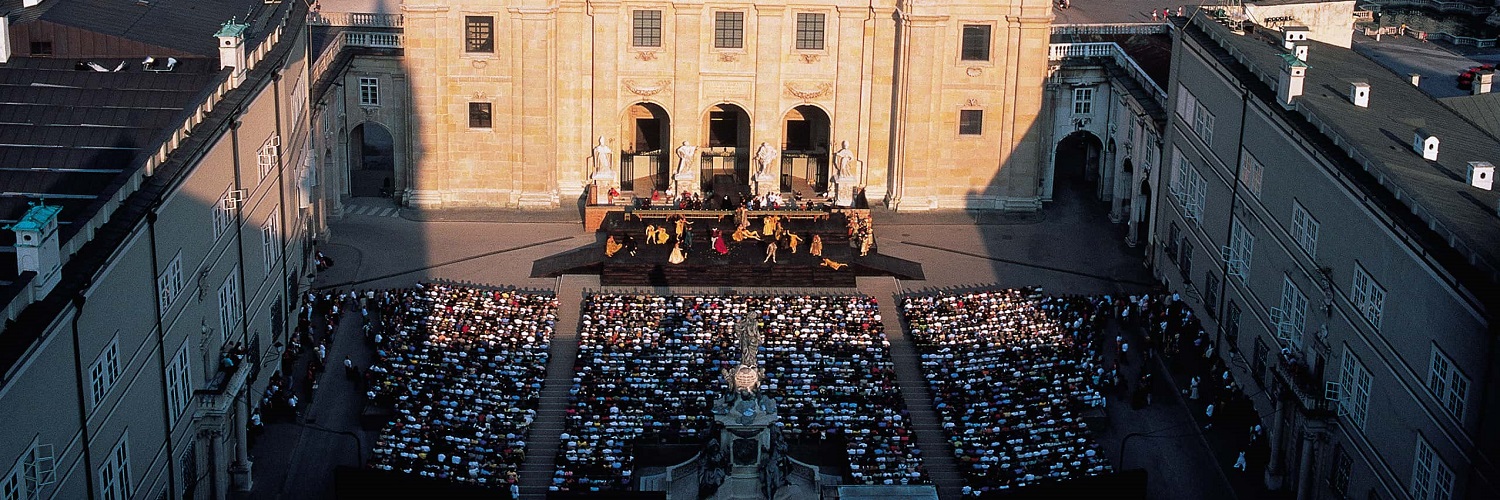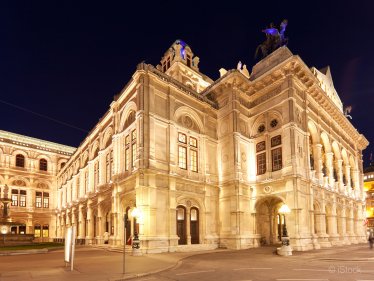Tristan und Isolde - Schedule, Program & Tickets
Tristan und Isolde
Text by Richard Wagner
Action in three acts
Musical direction
Philippe Jordan
Staging
Calixto Bieito
Stage
Rebecca Ringst
Costumes
Ingo Krügler
Light
Michael Bauer
Tristan
Andreas Schager
König Marke
Christof Fischesser
Isolde
Nina Stemme
Kurwenal
Iain Paterson
Brangäne
Christa Mayer
Contents
At the helm of a ship stands Tristan, the adopted son of King Marke of England. Tristan brings Isolde, the king's daughter of the conquered Irish, to England. There he will marry her to the widowed Marke in order to strengthen the alliance between the two races - and his own position of power. On board he keeps his distance from Isolde. Instead of treating her with the respect she deserves, he taunts her in a mocking song that the entire crew joins in. Isolde reveals the story to her confidante Brangäne: Tristan killed Isolde's fiancé Morold during the war. But he suffered a poisoned wound from the duel. The ailing Tristan allowed himself to be put in a boat off the coast of Ireland in order to go into Isolde's care as the minstrel "Tantris", because he could only hope for recovery from her healing arts. Isolde recognized him as the murderer of her fiancé and was still unable to take revenge when the sick man looked her in the eye. The healed "Tantris" returned under his true name as King Marke's suitor. The defeated Irish had no choice but to accept this proposal. When Brangäne refers to the magic potions she smuggled on board, with the help of which everything could perhaps be turned around for the better, the deeply humiliated Isolde decides to poison Tristan and herself. But instead of the poison, Brangäne will give the two deadly enemies a love potion that will condemn them to the joys and torments of insatiable longing.
With this opera, Richard Wagner created the key work of musical romanticism as evoked by E. T. A. Hoffmann: »Glowing rays shoot through this realm of deep night, and we become aware of giant shadows that wave up and down, enclose us tighter and tighter and destroy us , but not the pain of endless longing«. At the same time, Wagner opened the door to musical modernity, because the independence of chromaticism and the emancipation of dissonance denied the resolution of the harmonic tension – symbolic of the erotic tension. This is only achieved in Liebestod, in which the dying Isolde hallucinates the resurrection of the dead Tristan.
Calixto Bieito, one of the most influential music theater directors of recent decades, is dealing with this work for the first time. His works always address the creaturely, dying corporeality of his actors. It should be exciting to experience this in the struggle with Wagner's Tristan theorem.
Subject to change.
Action in three acts
Musical direction
Philippe Jordan
Staging
Calixto Bieito
Stage
Rebecca Ringst
Costumes
Ingo Krügler
Light
Michael Bauer
Tristan
Andreas Schager
König Marke
Christof Fischesser
Isolde
Nina Stemme
Kurwenal
Iain Paterson
Brangäne
Christa Mayer
Contents
At the helm of a ship stands Tristan, the adopted son of King Marke of England. Tristan brings Isolde, the king's daughter of the conquered Irish, to England. There he will marry her to the widowed Marke in order to strengthen the alliance between the two races - and his own position of power. On board he keeps his distance from Isolde. Instead of treating her with the respect she deserves, he taunts her in a mocking song that the entire crew joins in. Isolde reveals the story to her confidante Brangäne: Tristan killed Isolde's fiancé Morold during the war. But he suffered a poisoned wound from the duel. The ailing Tristan allowed himself to be put in a boat off the coast of Ireland in order to go into Isolde's care as the minstrel "Tantris", because he could only hope for recovery from her healing arts. Isolde recognized him as the murderer of her fiancé and was still unable to take revenge when the sick man looked her in the eye. The healed "Tantris" returned under his true name as King Marke's suitor. The defeated Irish had no choice but to accept this proposal. When Brangäne refers to the magic potions she smuggled on board, with the help of which everything could perhaps be turned around for the better, the deeply humiliated Isolde decides to poison Tristan and herself. But instead of the poison, Brangäne will give the two deadly enemies a love potion that will condemn them to the joys and torments of insatiable longing.
With this opera, Richard Wagner created the key work of musical romanticism as evoked by E. T. A. Hoffmann: »Glowing rays shoot through this realm of deep night, and we become aware of giant shadows that wave up and down, enclose us tighter and tighter and destroy us , but not the pain of endless longing«. At the same time, Wagner opened the door to musical modernity, because the independence of chromaticism and the emancipation of dissonance denied the resolution of the harmonic tension – symbolic of the erotic tension. This is only achieved in Liebestod, in which the dying Isolde hallucinates the resurrection of the dead Tristan.
Calixto Bieito, one of the most influential music theater directors of recent decades, is dealing with this work for the first time. His works always address the creaturely, dying corporeality of his actors. It should be exciting to experience this in the struggle with Wagner's Tristan theorem.
Subject to change.
There are no products matching the selection.








